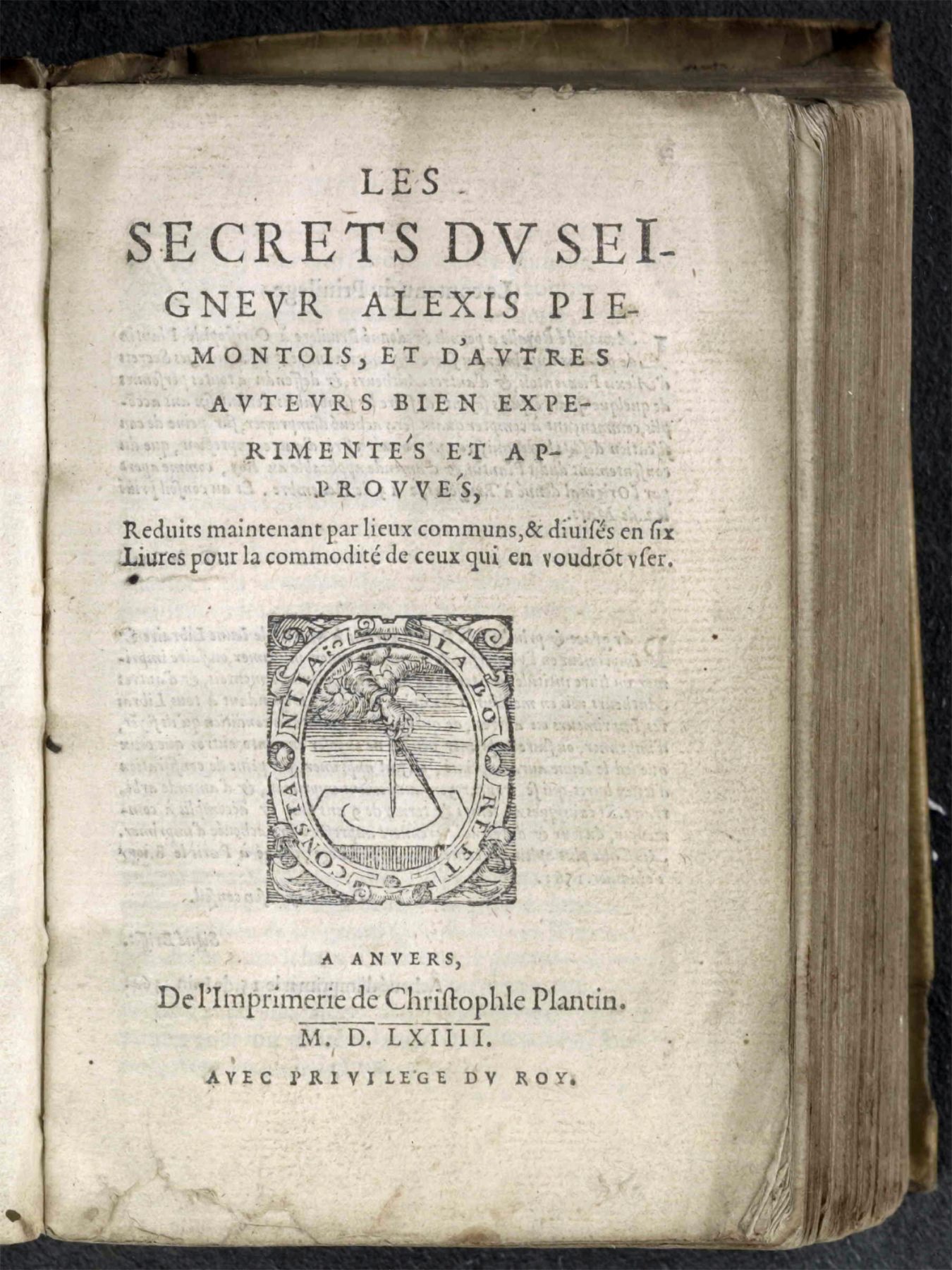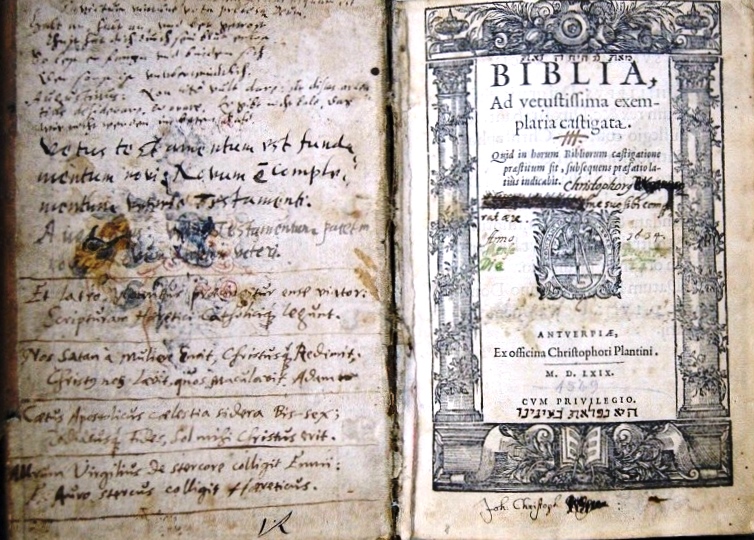|
Ulmus 'Plantyn'
''Ulmus'' 'Plantyn' (Anglicized form of 'Plantijn') was one of three Dutch hybrid elms released by the Dorschkamp Research Institute for Forestry & Landscape Planning, Wageningen, in 1973. Derived from a crossing of the Dutch hybrids '202' (''U.'' 'Exoniensis' × ''U. wallichiana'') and '302' (''U. minor'' '1' × ''U. minor'' '28'), it was to prove of great significance in later developments.Heybroek, H. M. (1976). ''Nederlands Bosbouw Tijdschrift'' 48: 117–23, 1976. A selfed seedling was to become the first Dutch clone to prove effectively immune to disease, released in 1989 as 'Columella'. 'Plantyn' was also destined to be the female parent of released in 2002.. In Italy, 'Plantyn' was used again as female parent in hybridizations with the Siberian Elm ''Ulmus pumila'' by the Istituto per la Protezione delle Piante (IPP), to create three new cultivars better adapted to the Mediterranean climate (see Hybrid cultivars). Description 'Plantyn' is a fast-growing tree, wi ... [...More Info...] [...Related Items...] OR: [Wikipedia] [Google] [Baidu] |
Ulmus 'Exoniensis'
''Ulmus'' 'Exoniensis', the Exeter elm, was discovered near Exeter, England, in 1826, and propagated by the Ford & Please nursery in that city.Bean, W. J. (1981). ''Trees and shrubs hardy in Great Britain'', 7th edition. Murray, LondonRichens, R. H. (1983). ''Elm''. Cambridge University Press.White, J. & More, D. (2003). ''Trees of Britain and Northern Europe''. Cassell's, London.Harvey, J. (1974). ''Early Nurserymen''. p.104. Phillimore & Co. Ltd. 1975. Traditionally believed to be a cultivar of the Wych Elm ''U. glabra'', its fastigiate shape when young, upward-curving tracery, small samarae and leaves, late leaf-flush and late leaf-fall, taken with its south-west England provenance, suggest a link with the Cornish Elm, which shares these characteristics. Description The tree initially has an upright, columnar form, but later develops a large rounded crown and occasionally reaches 17 m in height. Older specimens may develop pendulous branches. Exeter Elm is chief ... [...More Info...] [...Related Items...] OR: [Wikipedia] [Google] [Baidu] |
National Plant Germplasm System
The U.S. National Plant Germplasm System (NPGS) is a network of institutions and agencies (federal, state and private) led by the Agricultural Research Service (ARS) of the U.S. Department of Agriculture in the effort to conserve and facilitate the use of the genetic diversity of agriculturally important plants and their wild relatives. Introduction Tremendous genetic variability exists in the local varieties (landraces) of crops and their closely related wild plants (crop wild relatives). The NPGS assists plant breeders and other research scientists by acquiring, conserving, evaluating, documenting, and distributing germplasm (seeds and other propagative material) of these plants, as well as of improved cultivars and breeding lines. This diverse germplasm provides the genetic raw material needed by plant breeders to develop new varieties of crops that have desirable qualities and can withstand constantly changing biological and environmental stresses. Conservation and use of t ... [...More Info...] [...Related Items...] OR: [Wikipedia] [Google] [Baidu] |
Monthodon
Monthodon () is a commune in the Indre-et-Loire department in central France. Population Sights * Arboretum de la Petite Loiterie See also *Communes of the Indre-et-Loire department The following is a list of the 272 communes of the Indre-et-Loire department of France. The communes cooperate in the following intercommunalities (as of 2020):Communes of Indre-et-Loire Orléanais {{IndreLoire-geo-stub ... [...More Info...] [...Related Items...] OR: [Wikipedia] [Google] [Baidu] |
Christophe Plantin
Christophe Plantin ( nl, Christoffel Plantijn; – 1 July 1589) was a French Renaissance humanist and book printer and publisher who resided and worked in Antwerp. Life Plantin was born in France, probably in Saint-Avertin, near the city of Tours, Touraine. He was not born to a wealthy family, and his mother died when Plantin was still quite young. As a youth he apprenticed as a bookbinder in Caen, Normandy, and also married there. In 1545, he and his wife, Joanna Rivière, set up shop in Paris, but after three years they chose to relocate to the booming commercial center of Antwerp, where Plantin became a free citizen and a member of the Guild of St Luke, the guild responsible for painters, sculptors, engravers and printers. The quality of his work as a bookbinder brought him into contact with nobility and wealth. By 1549, he headed one of the most well-respected publishing houses in Europe. He was responsible for printing a wide range of titles, from Cicero to religious ... [...More Info...] [...Related Items...] OR: [Wikipedia] [Google] [Baidu] |
Christoffel Plantijn
Christophe Plantin ( nl, Christoffel Plantijn; – 1 July 1589) was a French Renaissance humanist and book printer and publisher who resided and worked in Antwerp. Life Plantin was born in France, probably in Saint-Avertin, near the city of Tours, Touraine. He was not born to a wealthy family, and his mother died when Plantin was still quite young. As a youth he apprenticed as a bookbinder in Caen, Normandy, and also married there. In 1545, he and his wife, Joanna Rivière, set up shop in Paris, but after three years they chose to relocate to the booming commercial center of Antwerp, where Plantin became a free citizen and a member of the Guild of St Luke, the guild responsible for painters, sculptors, engravers and printers. The quality of his work as a bookbinder brought him into contact with nobility and wealth. By 1549, he headed one of the most well-respected publishing houses in Europe. He was responsible for printing a wide range of titles, from Cicero to religious hy ... [...More Info...] [...Related Items...] OR: [Wikipedia] [Google] [Baidu] |
Ulmus 'Wanoux'
''Ulmus'' 'Wanoux' (selling name ) is a Dutch hybrid cultivar raised at the Dorschkamp Research Institute for Forestry & Landscape Planning, Wageningen, from an open pollination of 'Plantyn'. Originally identified as clone No. 762, it was selected for assessment by the French Institut National de la Recherche Agronomique (INRA), which patented it as 'Wanoux' () in 2006. was introduced to the UK by the Hampshire & Isle of Wight Branch, ''Butterfly Conservation'', in 2008, as part of its assessment of DED-resistant cultivars as potential hosts of the endangered White-letter Hairstreak.Brookes, A. H. (2020). ''Disease-resistant elm cultivars''. Butterfly Conservation, Lulworth, England/ref>Brookes, A. H. (2021). ''Great Fontley Elm Trial, 2021 Report'' Butterfly Conservation, Lulworth, UK. Unlicenced propagation of is prohibited in Europe inc. the UK under Certificat d'Obtention Végétale (COV) EU 24403 until its expiry on 31 December 2039. Description is a narrow t ... [...More Info...] [...Related Items...] OR: [Wikipedia] [Google] [Baidu] |
Ulmus 'San Zanobi'
'' Ulmus'' 'San Zanobi' is a hybrid elm cultivar raised by the Istituto per la Protezione delle Piante (IPP) in Florence, from a crossing of the Dutch hybrid 'Plantyn' (female parent) and the Siberian Elm '' Ulmus pumila'' clone 'S 15'; it was released to commerce in 2002. 'San Zanobi' was introduced to the UK in 2004 by Hampshire & Isle of Wight Branch, ''Butterfly Conservation'', as part of its assessment of DED-resistant cultivars as potential hosts of the endangered White-letter Hairstreak.Brookes, A. H. (2020). ''Great Fontley Elm Trial, 2020 Report''. Butterfly Conservation, Lulworth, England. Description 'San Zanobi' is a fastigiate, often monopodial tree with upright branching bearing glabrous, bright green leaves < 15 cm long × < 6 cm broad.Santini A., Fagnani A., Ferrini F. & Mittempergher L., (2002) San Zanobi and Plinio elm trees. ''HortScience'' 37(7): 1139–1141. 2002. American Society for Horticultural Science, Alexand ... [...More Info...] [...Related Items...] OR: [Wikipedia] [Google] [Baidu] |
Ulmus 'Plinio'
''Ulmus'' 'Plinio' is a hybrid elm cultivar derived from a crossing of the Dutch cultivar 'Plantyn' (female parent) with the Siberian Elm '' Ulmus pumila'' clone 'S.2'. 'Plinio' was raised by the Istituto per la Protezione delle Piante (IPP), in Florence and released for sale in 2003. 'Plinio' was introduced to the UK in 2004 by Hampshire & Isle of Wight Branch, ''Butterfly Conservation'', as part of its assessment of DED-resistant cultivars as potential hosts of the endangered White-letter Hairstreak.Brookes, A. H. (2020). ''Great Fontley Elm Trial, 2020 Report''. Butterfly Conservation, Lulworth, England. Description In Italy, 'Plinio' is a rounded tree with a broad crown, the width typically equalling 70% of height, and a short, often bent, trunk. The dark-green leaves are < 6.5 cm long by 3 cm broad and glabrous on both sides, on < 6 mm petioles. [...More Info...] [...Related Items...] OR: [Wikipedia] [Google] [Baidu] |
Ulmus 'Arno'
''Ulmus'' 'Arno' is an Italian hybrid cultivar derived from a crossing of 'Plantyn' (female parent) with the Siberian Elm ''Ulmus pumila'' clone S.2. It was raised by the Istituto per la Protezione delle Piante (IPP) in Florence, and released in 2007. However, 'Arno' was not a commercial success; propagation had ceased by 2010, and it is no longer patent protected. 'Arno' was introduced to the UK in 2007 by Hampshire & Isle of Wight Branch, ''Butterfly Conservation'', as part of an assessment of DED-resistant cultivars as potential hosts of the endangered White-letter Hairstreak.Brookes, A. H. (2020). ''Great Fontley Elm Trial - 2020 Report.'' Butterfly Conservation, Lulworth, UK. ''. Description 'Arno' is of erect habit with upward main branches forming an oval to round crown, but can sucker freely from its roots. In Italy the tree is remarkably fast-growing, though not as quick as its contemporary 'Fiorente'. The trunk is straight, and usually forks at a height of 3 ... [...More Info...] [...Related Items...] OR: [Wikipedia] [Google] [Baidu] |
London
London is the capital and List of urban areas in the United Kingdom, largest city of England and the United Kingdom, with a population of just under 9 million. It stands on the River Thames in south-east England at the head of a estuary down to the North Sea, and has been a major settlement for two millennia. The City of London, its ancient core and financial centre, was founded by the Roman Empire, Romans as ''Londinium'' and retains its medieval boundaries.See also: Independent city#National capitals, Independent city § National capitals The City of Westminster, to the west of the City of London, has for centuries hosted the national Government of the United Kingdom, government and Parliament of the United Kingdom, parliament. Since the 19th century, the name "London" has also referred to the metropolis around this core, historically split between the Counties of England, counties of Middlesex, Essex, Surrey, Kent, and Hertfordshire, which largely comprises Greater London ... [...More Info...] [...Related Items...] OR: [Wikipedia] [Google] [Baidu] |
Kensington Gardens
Kensington Gardens, once the private gardens of Kensington Palace, are among the Royal Parks of London. The gardens are shared by the City of Westminster and the Royal Borough of Kensington and Chelsea and sit immediately to the west of Hyde Park, in western central London. The gardens cover an area of 107 hectares (265 acres). The open spaces of Kensington Gardens, Hyde Park, Green Park, and St. James's Park together form an almost continuous "green lung" in the heart of London. Kensington Gardens are Grade I listed on the Register of Historic Parks and Gardens. Background and location Kensington Gardens are generally regarded as being the western extent of the neighbouring Hyde Park from which they were originally taken, with West Carriage Drive (The Ring) and the Serpentine Bridge forming the boundary between them. The Gardens are fenced and more formal than Hyde Park. Kensington Gardens are open only during the hours of daylight, whereas Hyde Park is open from 5 am u ... [...More Info...] [...Related Items...] OR: [Wikipedia] [Google] [Baidu] |

